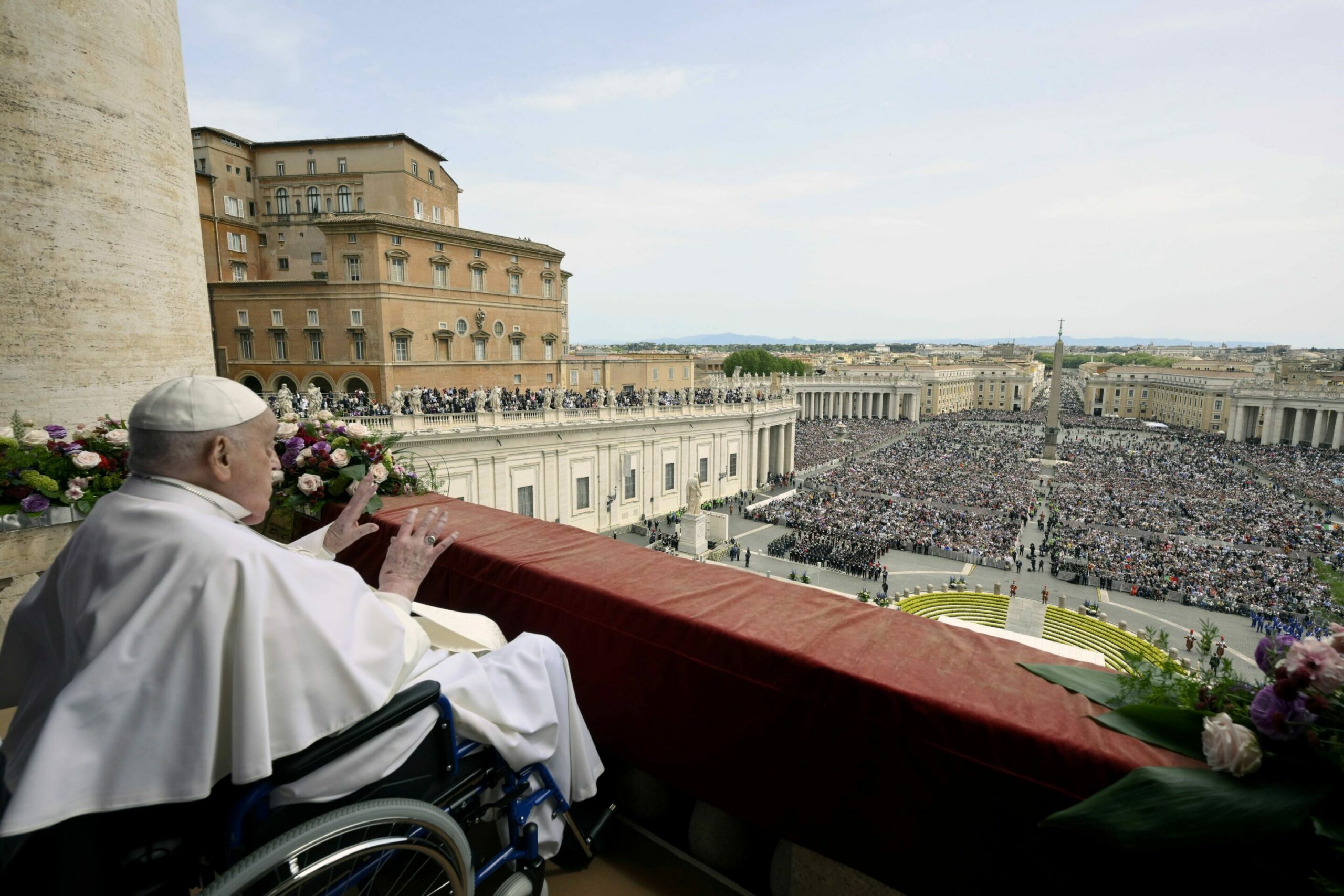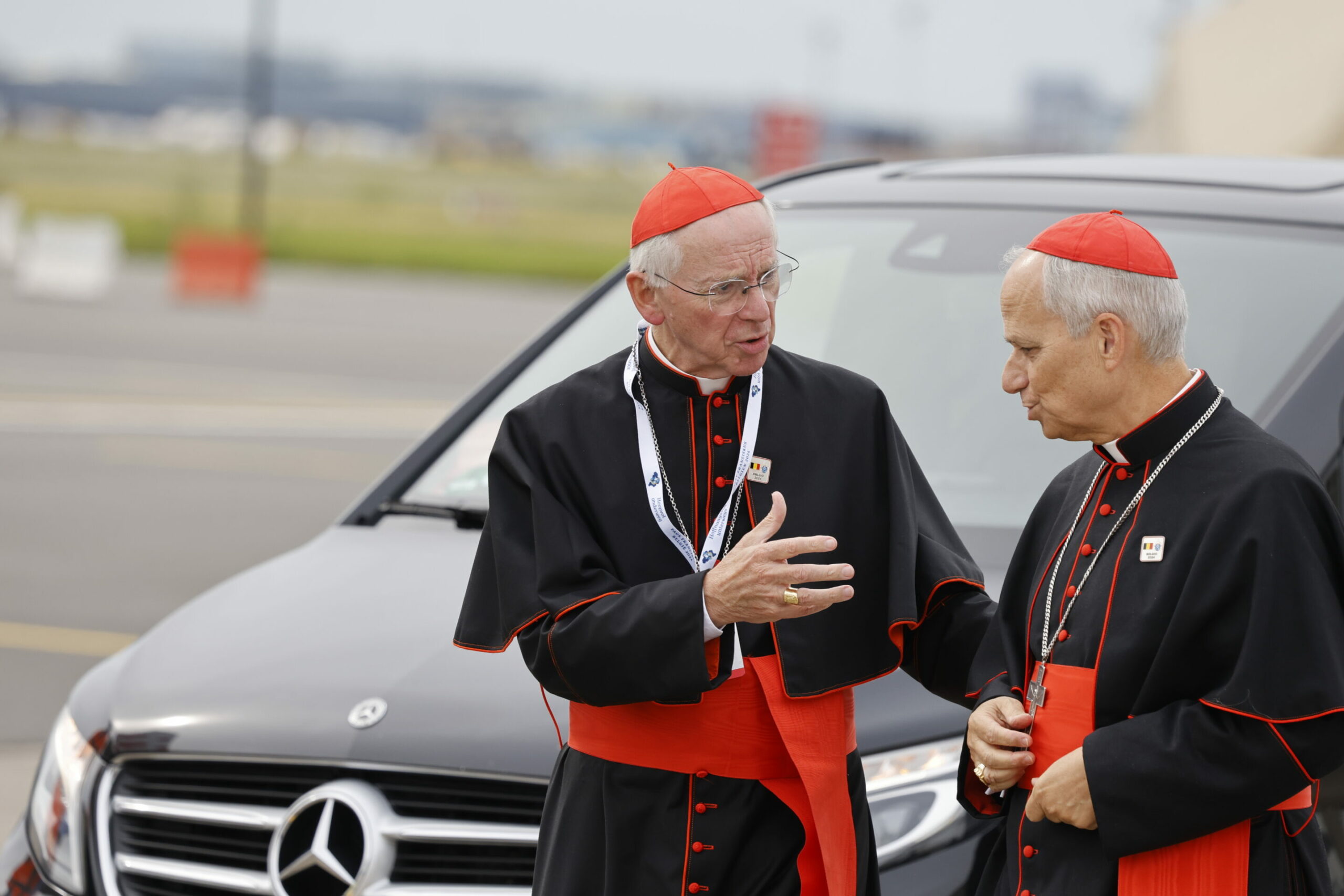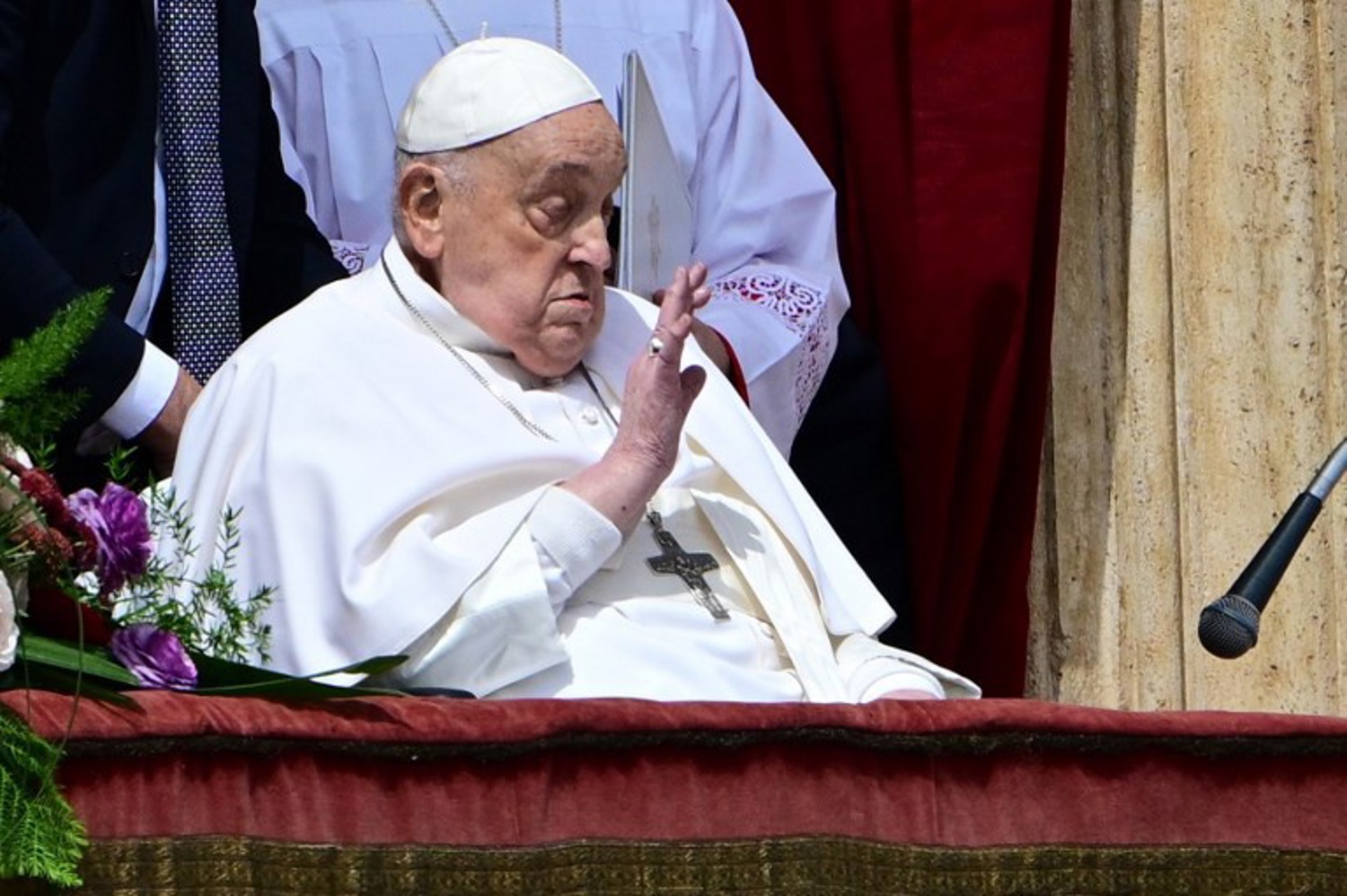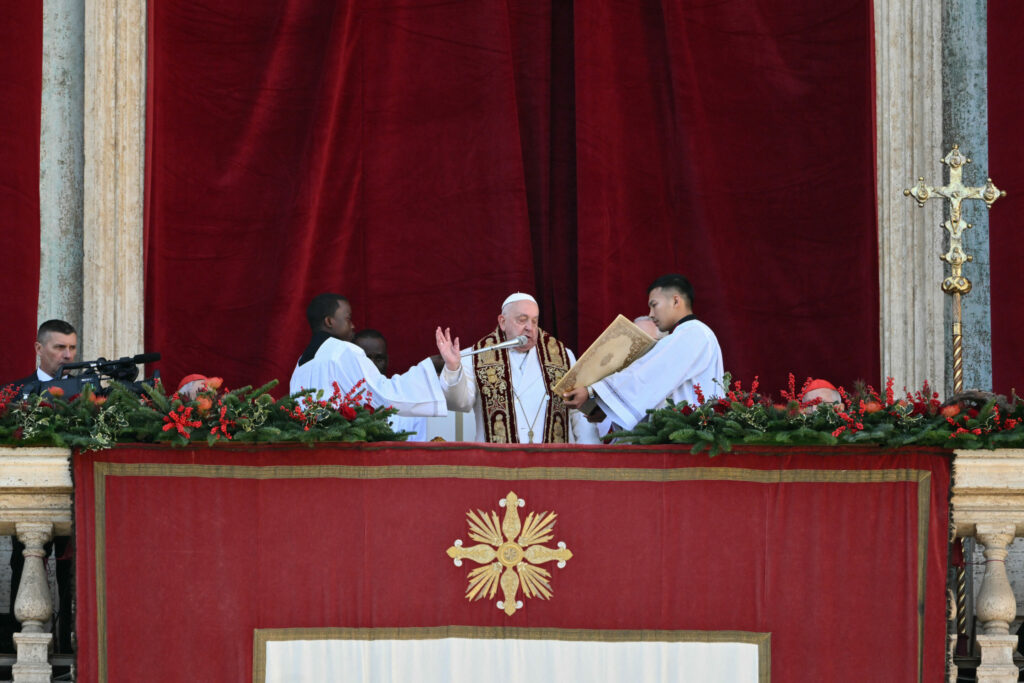Now that Pope Francis has passed away, the Catholic Church must look for a new leader. Before there is any white smoke, an entire procedure must take place.
This procedure is known as sede vacante (Latin for 'empty seat'). This period ends as soon as the new pope has taken up office. In the past, this has usually been at least two weeks after the death or resignation of the previous pope (as in the rare case of Pope Benedict XVI in 2013).
The procedure starts with the confirmation of the death. The Camerlengo – the administrator of the property and the revenues of the Holy See – visits the deathbed together with the Pope's personal physician and several cardinals. As soon as the death is confirmed, the College of Cardinals takes over the honours during the sede vacante. This college may only deal with current and very urgent matters.
After the confirmation of the death, the nine-day mourning period, the so-called 'Novemdiales', begins. During this period, the faithful can pay their respects in St. Peter's Basilica in the Vatican City. The funeral takes place four to six days after the death.

Pope Francis. Credit: Belga
In 2024, Pope Francis made a series of changes to the funeral rituals. The revamped rite emphasises that a pope's funeral is one of "a shepherd and disciple of Christ, and not that of a powerful man of this world," Francis said at the time.
For example, his body will not lie in state on a catafalque (a small elevation) in St. Peter's Basilica, but in a simple wooden coffin, lined with zinc. Mourners will be able to pay their respects while his body remains inside the open coffin.
Additionally, the papal ferula (the pastoral staff used in the Catholic Church by the pope), as a symbol of power, will no longer be next to the coffin.
Francis repeatedly said during his lifetime that he did not want to be buried in the Vatican tombs under St. Peter's Basilica. At his own request, he will now be laid to rest in the Basilica of Santa Maria Maggiore, one of his favourite places in Rome. This makes him the first pope in more than a century to be buried outside the Vatican.
How is the next pope chosen?
The highly secretive process of electing a new Pope is called a conclave. The Oscar-winning 2024 film of the same name, starring English actor and film producer Ralph Fiennes, accurately depicts what happens behind the closed doors of the Sistine Chapel during such a vote.
Since the previous conclave, the procedure in the Sistine Chapel – famous for Michelangelo's frescoes – can begin as soon as all the cardinals are in Rome. Previously, the rule was that the election could not take place earlier than 15 days after the death (or resignation). The conclave must start no later than the 20th day. In the most recent conclaves, it took two to three days to elect a pope.
A maximum of 120 cardinals were previously allowed to participate in the conclave, and they must all be younger than 80. Currently, there are 252 Catholic cardinals, of whom 138 are under 80 years old and therefore eligible to vote for the new Pope. However, those who do not take part in the election can join in the debate over who should be selected.
Belgian Jozef De Kesel became a cardinal at the end of 2016 and will be able to participate in the conclave. With Dominique Mathieu, Francis created a second Belgian cardinal at the end of 2024. Mathieu, born in Arlon but raised in Damme, has been Archbishop of Tehran-Isfahan (Iran) since 2021.

Archbishop Emeritus Jozef De Kesel (Left) pictured at the departure home of Pope Francis, from the military airport in Melsbroek on Sunday 29 September 2024. Credit: Belga/Nicolas Maeterlinck
While the conclave for the election takes place in the Sistine Chapel, the cardinals stay in the Domus Sanctae Marthae. This is the building that Francis has lived in since his election in 2013, instead of the usual apartment in the Apostolic Palace. During the conclave, the cardinals are strictly forbidden to have contact with the outside world.
The elective cardinals are not obliged to choose someone from their own ranks: theoretically, any baptised Roman Catholic man is eligible, provided that he is ordained as a bishop immediately after accepting the election. However, a non-cardinal has not made it to pope since the 14th century.
To be elected, a candidate must win the support of two-thirds of his colleagues. Four rounds of votes are allowed each day and the ballot papers are burned after each vote.
Once a majority is reached, the elected candidate is asked whether he accepts the papacy. As soon as he answers "accepta", he formally becomes the head of the Catholic Church and the sede vacante ends. The new pope then chooses a name.

Pope Francis waves from the main balcony of St. Peter's Basilica for the Urbi et Orbi message and blessing to the city and the world as part of Easter celebrations, at St Peter's square in the Vatican on April 20, 2025. Credit: Belga/Tiziana Fabi/AFP
After the election, a chemical is added to turn the smoke from the burning ballot papers white. The faithful – many of whom are gathered in St. Peter's Square – will then know that a new pope has been elected. Since 2005, a successful election has also been accompanied by the ringing of the bells.
From the balcony of the Basilica, the cardinal with the longest service within the order of cardinal deacons calls out the well-known "Habemus papam," ("We have a pope" in Latin). The new pope then gives the papal 'Urbi et Orbi' blessing for the first time, also from the balcony.
Francis' predecessor, Benedict XVI, announced that he would step down from his pontificate for health reasons on 11 February 2013, at the age of 85. This marked the first time that a pope had stepped down since 1415.
Before his death, Benedict changed the rules to allow the conclave to begin earlier than the previous 15 days. His pontificate ended on 28 February, and 13 days later, Francis was elected.

